The beauty and brutalism of the Great Balkan Rally
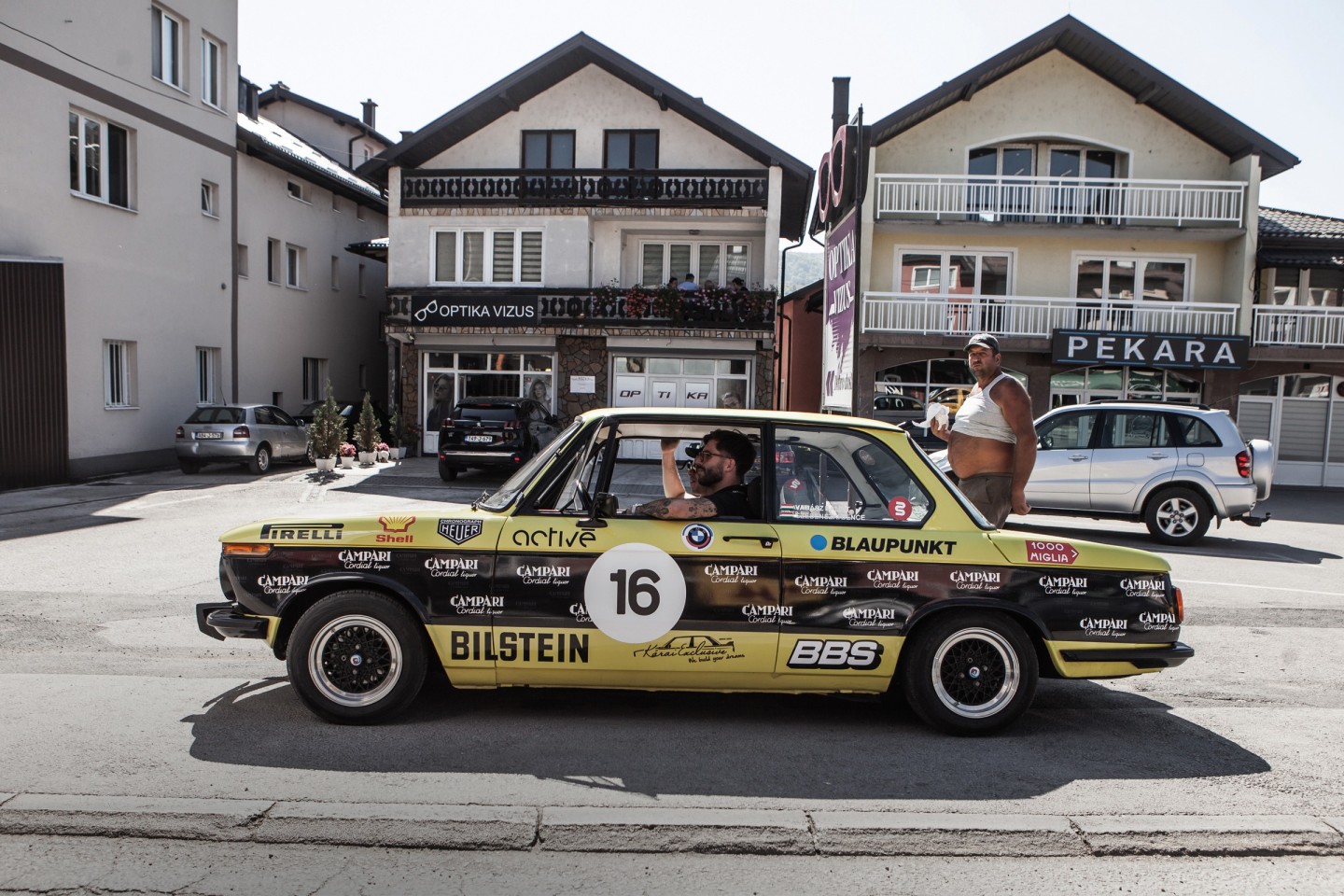
Roula Khalaf, Editor of the FT, selects her favourite stories in this weekly newsletter.
As the traffic of Banja Luka thins into the valleys of the Dinaric Alps, the tarmac cuts through the Bosnian hills and forested mountains in what looks like the backdrop to a James Bond chase. Locals come to this region to kayak in the rivers adjacent to these roads, and hike the cliffs above them. There aren’t many tourists, and as I pass through this stretch of countryside it’s impossible not to be overwhelmed.
I’m taking part in The Great Balkan Rally, a 700-mile, five-day drive, starting in Budapest and heading through Croatia, Bosnia and Herzegovina to finish in Montenegro’s Kotor Bay. It’s a timed event designed to channel the romantic notion of the cross-country rally, with only classic cars designed before 1990 allowed to enter, alongside both vintage and modern classic motorbikes. A total of 37 entrants make up the competitor list on my trip, and on the first night before it all kicks off the full array of metal is on show.
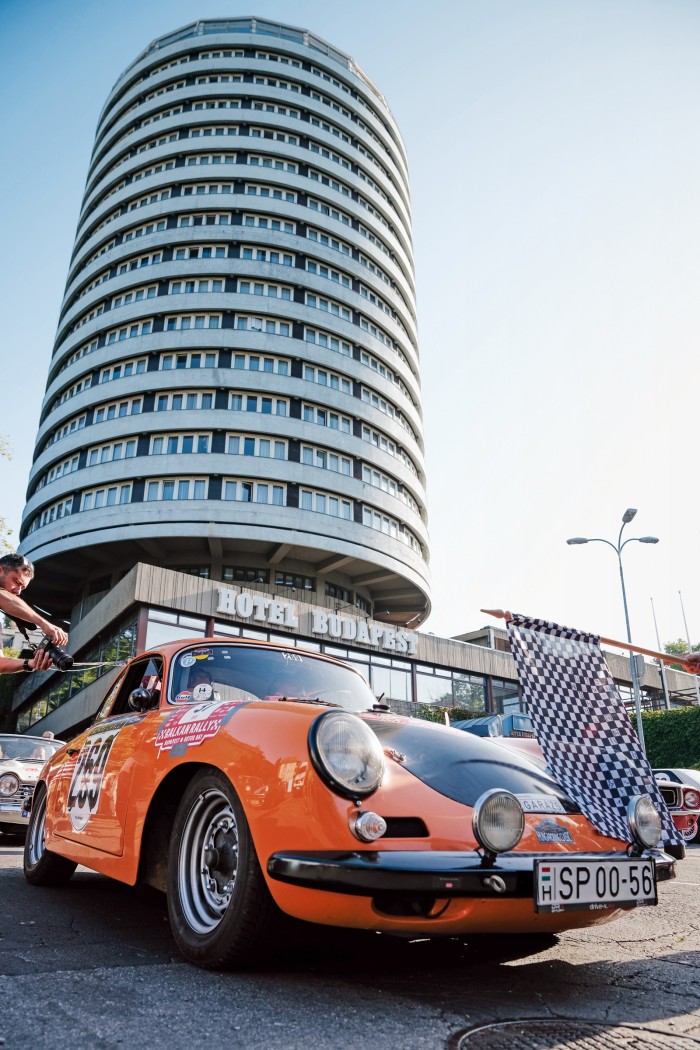
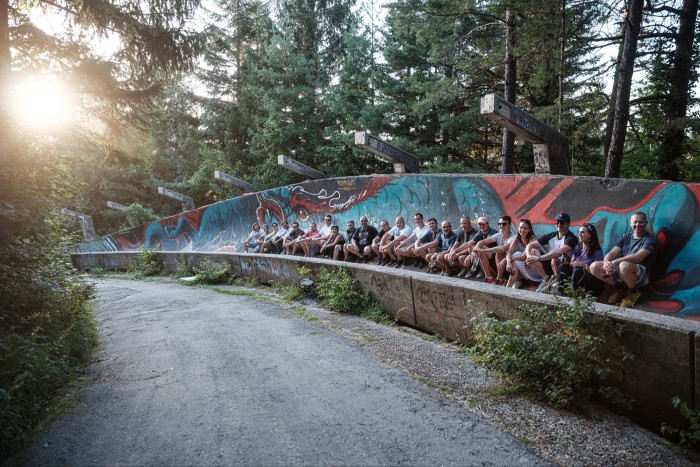
The rally start point is the brutalist Hotel Budapest in Hungary’s capital, and the car park teems with buffed chrome and the smell of oil and optimism. There are classic Mercedes-Benz, a 1964 SL Pagoda and a 1972 W115; a fleet of BMWs ranging from a 1987 635 CSi to a 1990 850i. Porsche is represented by a 1964 356 and a 1985 911 Carrera; Alfa Romeo with a 1975 GT Junior and a 1992 Spider, while more off-piste choices include a 1972 Chevrolet Chevelle and a Morris Marina from 1978. I find myself getting familiar with the two-wheeled ride I have been lent for the race, a Yamaha XSR900. A 1980s-inspired look contrasts with its 117bhp modern three-cylinder engine, which revs to 11,000rpm. It has the same power-to-weight ratio as a McLaren supercar and is by some way the quickest vehicle here.
Towering above the car park is the Hotel Budapest’s distinctive cylindrical shape, a 1970s barrel of concrete and small windows. It’s near the capital’s Castle district with its cobbled streets, medieval buildings and ornate towers that look out to the Danube. Yet the grandeur of the city quickly fades the next day when the chequered flag waves at the starting line and the thunderous rumble of combustion engines ruins the morning’s calm. The other competitors come from a range of backgrounds and locales. Ages span early 30s up to 60-plus retirees. There are fintech bosses, an augmented-reality entrepreneur, engineers, a shoe designer and a father-and-son mechanic team, who drive the rather unlikely Morris Marina, a British classic not known for its reliability. (Later in the race, the Marina misses the day’s final checkpoint and it is presumed the British sedan has finally died, but it turns out the driver is only late because he has felt obliged to help the other breakdowns. Contrary to expectation, the Marina is running perfectly.)
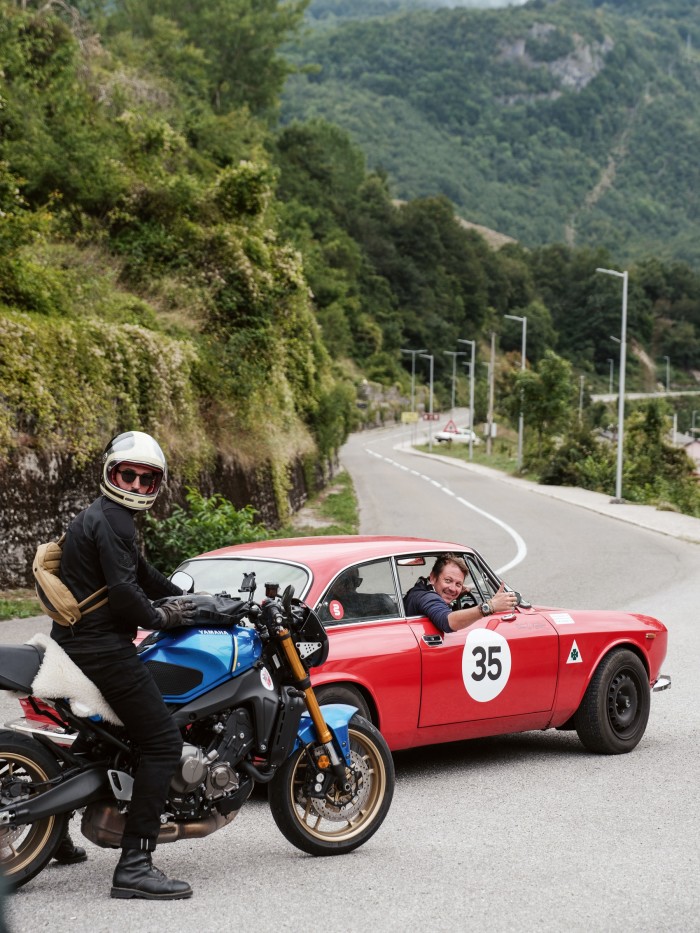
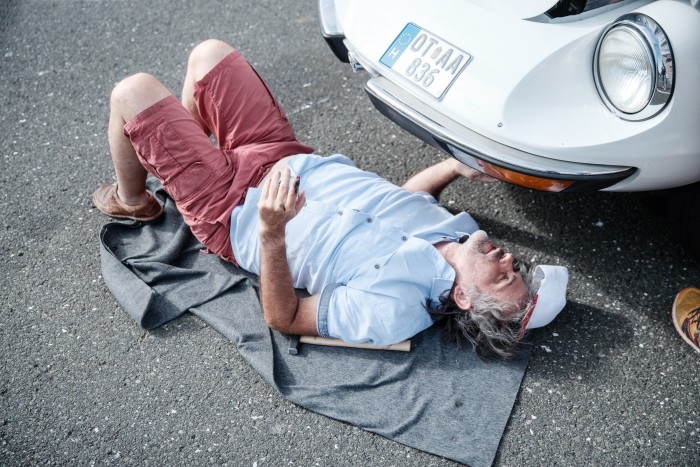
It doesn’t take long to reach the countryside. The first day’s end point is Lake Balaton, central Europe’s largest lake and a popular holiday destination for Hungarians looking for a quick weekend away. It’s 78km long and looks like an ocean from a distance. The landscape surrounding it is surprisingly flat and green. It also boasts the kind of undulating road that motorcyclists welcome. We pass through a number of sleepy towns until lunch, which today is fried pig’s ear at popular café Vasüzlet. Served whole and in a crispy batter, the three ears prove a bit too much cartilage to stomach even after a morning’s ride. We arrive at the lake in the evening where we’re told by locals that we should be hyper-vigilant about potential storms: lightning and sudden windstorms can kill. When weather is adverse, warning lights will flash from the hotels and taller buildings surrounding the lake. There are a few different severity levels, but one flash every second means you need to leave the water immediately. Tonight, however, the lake stays still.
The next day, we begin the 190-mile ride to the Bosnian border, the longest leg of the trip and one in which the first 100 miles are especially long and tough in the 32-degree heat. We make a pitstop at what seems like a slightly unprepossessing restaurant: “No guns, no dogs” reads the sign above the door. Inside, however, we are offered a warm welcome. The proprietor of this roadside diner in the hills of central Bosnia serves simple, hearty dishes that are a staple of the Balkans: goulash and dense soups containing lamb or veal, with peas, carrots, beans and potato soaked in a rich broth. Pljeskavica is a menu regular: a spiced pork, beef and lamb burger that can be stuffed with cheese. I go for ćevapi, a plate of mystery-meat sausages, served with crisp flatbread and ajvar, a tangy red-pepper sauce.
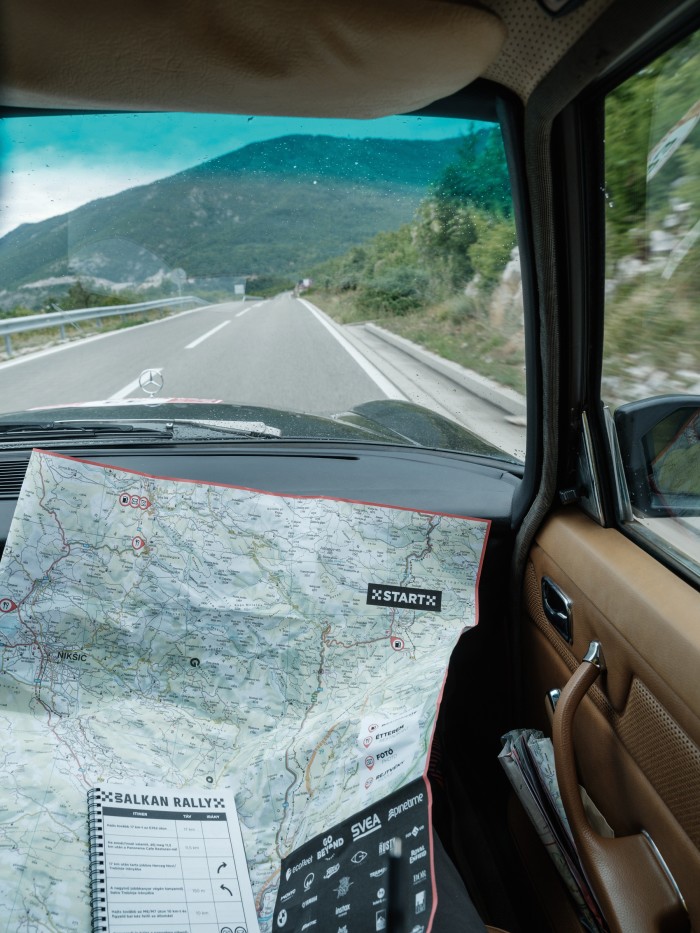
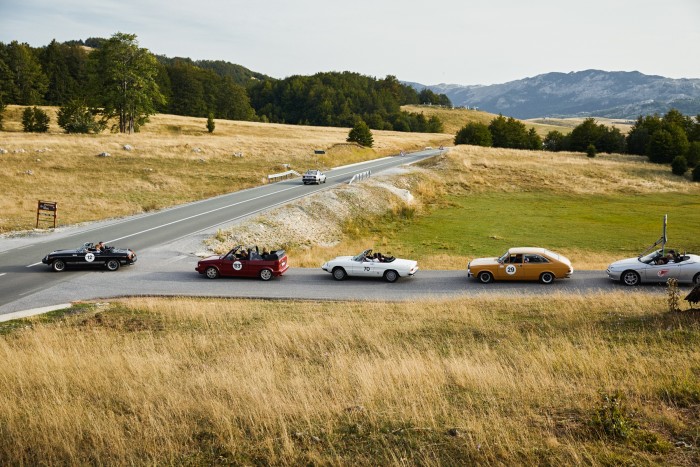
By this point in the rally there are two distinct camps. The race is timed and your log book is stamped at each stop, but the organisers say it’s more about completing than competing, and while some are only focused on the timekeeping, I choose to enjoy the surroundings at a leisurely pace rather than rush to the finish line. Bosnia has plenty to observe from the saddle. The rally passes along perfectly tarmacked roads that wind through farmland, sandwiched on either side by endless fields of sunflowers. Elsewhere, numerous magnificent concrete buildings nod to the country’s former communist Yugoslavian past, some derelict and others unfinished, reclaimed by nature and graffiti.
Some of the most interesting buildings are in Sarajevo. In 1895 it became one of the first places in Europe to have a permanent electric-tram network. Less than 20 years later, in 1914, Franz Ferdinand, heir to the Austro-Hungarian throne, was assassinated in its streets by a Bosnian-Serb student, leading to the outbreak of the first world war. Following the later breakdown of Yugoslavia, Sarajevo was at the epicentre of the Bosnian war. The scars are unmissable on the buildings that rest among the restaurants and coffee spots, with bullet holes and shrapnel marks reminders of the war that took place here.
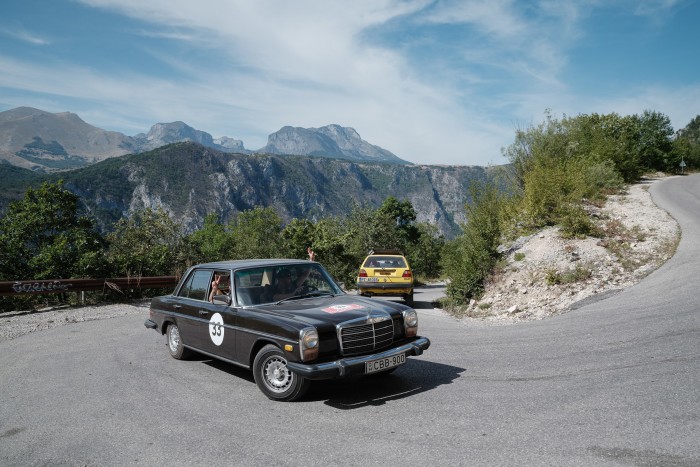
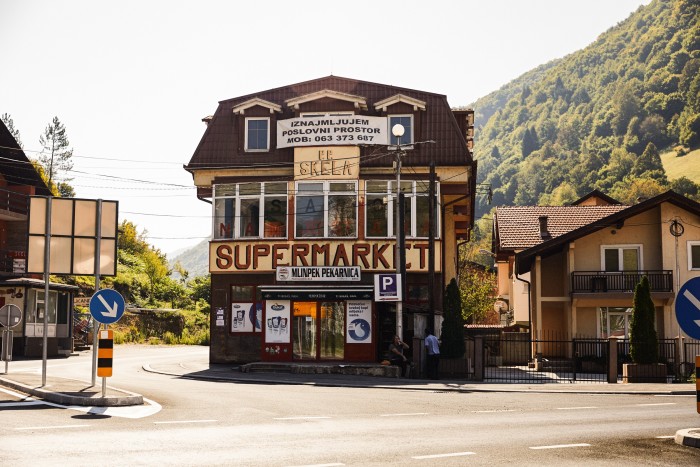
It also marks the final urban area we pass before finishing in Montenegro. We enter the country through the mountainside Šćepan Polje border crossing; the long gravel roads on the Bosnia side become an almost marble-like tarmac that spreads like butter through the jagged canyons, endless tunnels and past the vast, bright‑blue Piva Lake. A sharp turn left away from the lake sees the roads twist higher and through unlit tunnels until we are atop the mountains with a view across the Durmitor National Park. The vistas transform into grassy plains, with pampas covering swaths of open land, hills and tall peaks, 15 of which are more than 2,000m high. Sheep are being herded by lone farmers; birds of prey circle, and wooden huts hint at the small community that calls this place home.
If there is somewhere more suited to motorbikes I do not know it. The Yamaha has offered far more power than ever necessary, it is easy to manoeuvre and even comfortable thanks to the sheepskin I pick up from a roadside seller in Bosnia en route. On the descent to Kotor Bay, the road snakes around the mountaintop towards a bright blue inlet, dotted with terracotta buildings and white boats that bob about in the sunlight; the scene recalls the French Riviera with the dial turned to eleven.
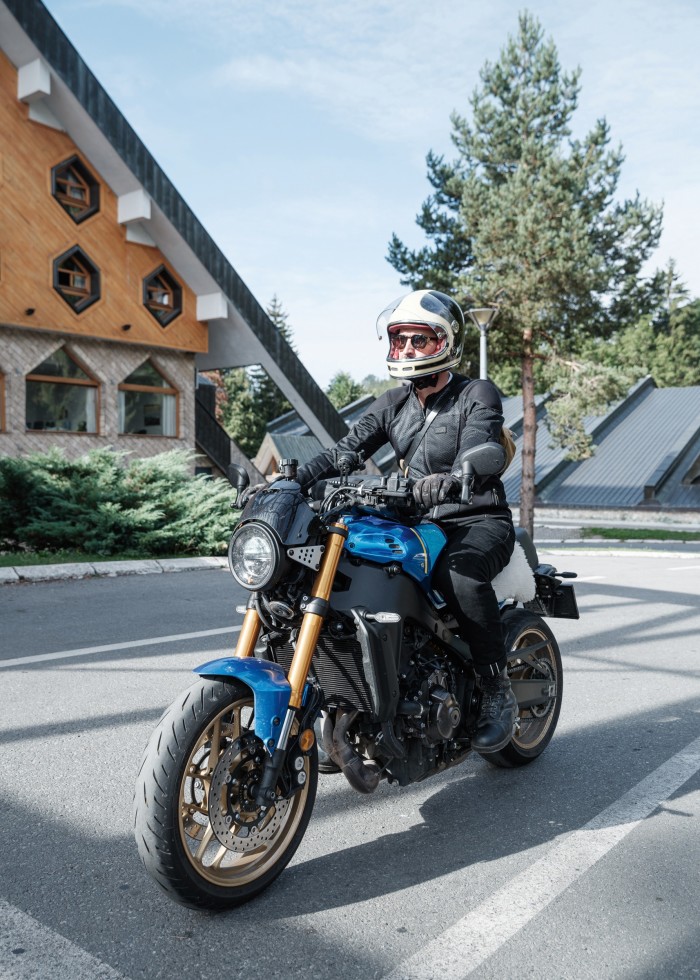
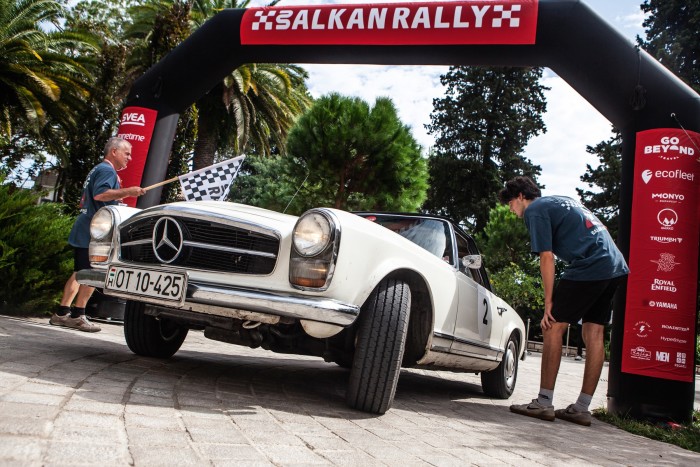
This is the finishing point of the rally, and we reach the final checkpoint turning towards the Adriatic. The chequered flag waves in the grounds of the beachside Lazure Hotel & Marina; my heavy leather boots and motorcycle jacket feel out of place among the bikinis, sandals and yachts. The Alps and the south of France might be the most obvious place for a rally with their mountain passes, coastal drives and glamorous beach clubs. But the Balkans have proved just as beautiful and arguably more interesting, whether you’re driving a vintage roadster, a Japanese sports bike or a local hire car.
Charlie Thomas travelled as a guest of The Great Balkan Rally, from €2,490 per person
Comments